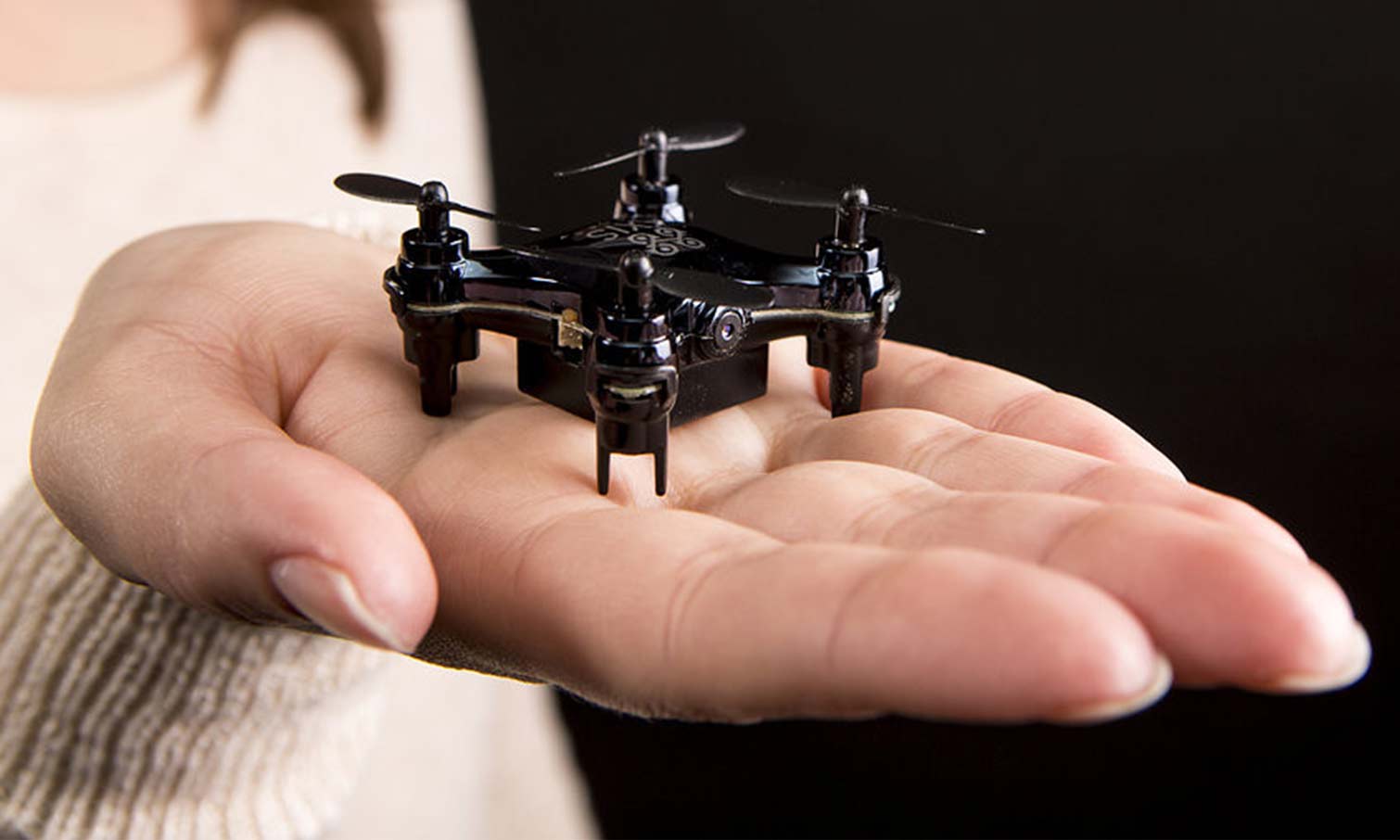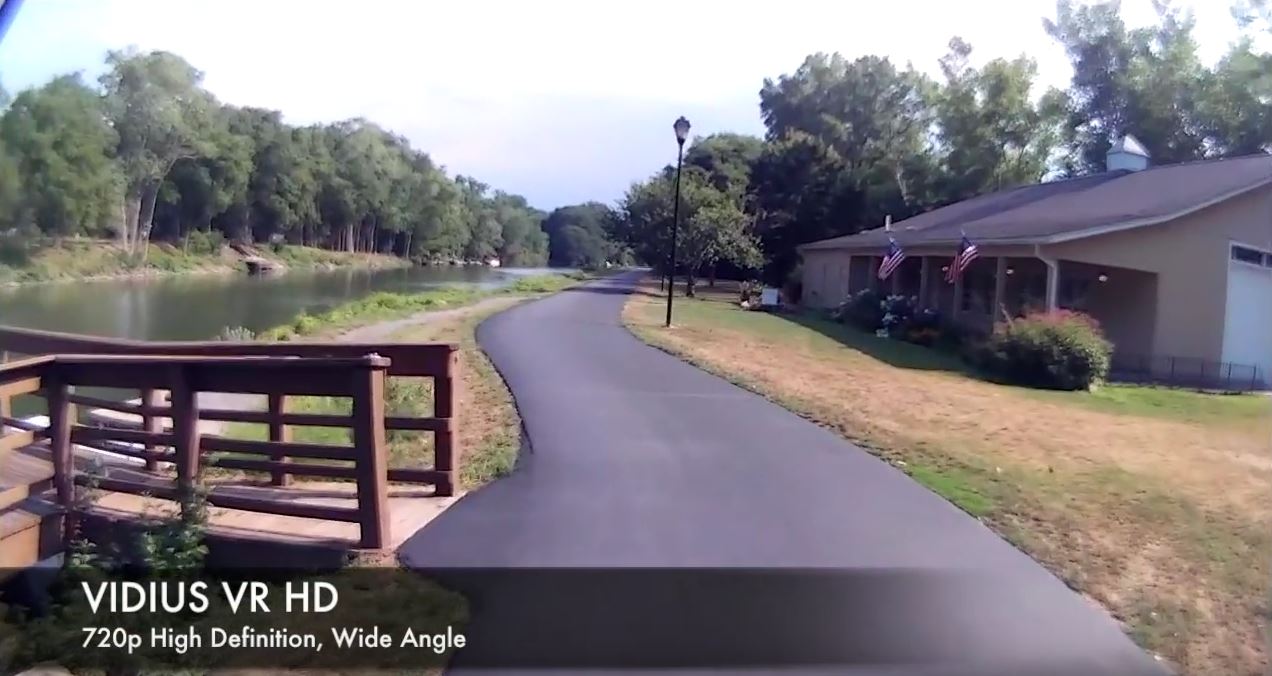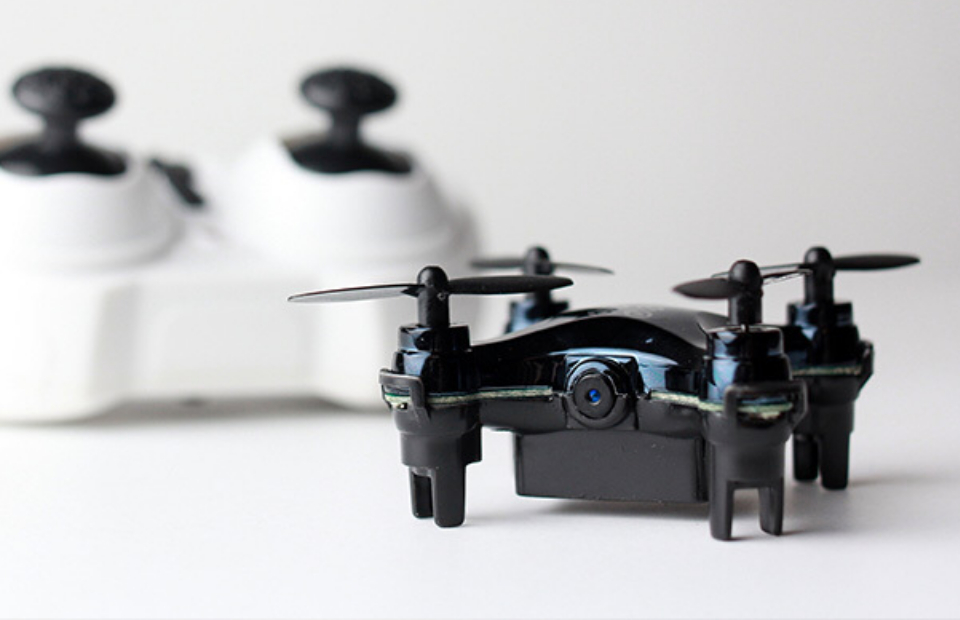Aerix is making an industry out of selling small-to-absurdly tiny remote control drones. Sized and designed for indoor use, small drones seem like a swell idea for people who don’t want to go outside, but have some distinct disadvantages. Well, one disadvantage really: they are absurdly hard to fly.
As one of Aerix’s latest drone, the Vidius HD is an interesting mix of technology. The company has tried hard to include a lot of behind-the-scenes tech to make the Vidius HD easier to control. To an extent, it is. The Vidius HD is far more stable than any palm-sized (or smaller) drone I’ve tried so far.
That said, I’m still garbage at flying it. These tiny flyers just aren’t stable enough to compensate for my apparently incredible lack of fine motor controls to keep them from bashing into the walls, floors, and ceilings within about three seconds of lift off. It takes a lot of practice to attain even reasonably questionable flying skills on these things. It’s not Aerix’s fault really, it’s the laws of physics. Larger drones are inherently more stable (and still hard to fly for many of us).
So, poor flying skills make for a questionable viewing experience here. See, the Vidius HD holds a tiny 720p video camera in it that’s useful for all kinds of stuff. Plenty of drones have been transmitting video data to your phones and allowing touchscreen control for years, but not many will utilize a VR headset to give you a true first person view of the flight. At least, not for under $100.

A major problem with cheap drones that stream video has been the noticeable delay between the real-time flight and what shows up on the screen. Wireless connections haven’t been fast enough to let you control them entirely through you phone until you get to the higher end, far more pricey drones. The Vidius HD gets around this delay issue by utilizing WiFi instead of the more common bluetooth signals.
More specifically, it creates its own WiFi network between the drone and your phone. It’s an oddly ingenious solution, since it solves the problem of time delays between what the drone is doing and what you see on the screen. Without this solution, popping your phone into the included VR goggles and flying it would have been pointless and potentially nausea-inducing.
That said, the downside is convenience of set-up. Since the drone is its own WiFi network, you’ll have to connect your phone to it each time you want to fly it that way. The included controller doesn’t have this problem, but you have to link the controller to the drone each time you turn it in through a series of stick movements as well. That’s also inconvenient and frequently required multiple attempts on my part to sync before I could use the control pad with the drone.
Overall, I found connecting the drone to the phone generally a more reliable way to fly it, but you can’t use the touchscreen when it’s stuck to your head. So, the control pad is rather vital to the VR flying experience. Still, when it all gets working, the Vidius HD is pretty cool.
While the controller requires two AAA batteries, the drone itself has (like most of these) a built-in rechargeable battery. You’ll get about 6 minutes of flight time before having to plug it back into the custom USB charger cable for around 20 minutes. That’s not a lot of time for epic flights, but also completely the norm for small drones.
The Vidius HD has several user adjustable settings and features to help make it easier or more advanced to fly. Three speed settings, spare blades (including a small tool), built-in trick buttons and stabilizers, and some other bells and whistles do help the overall learning curve, although clearly not to the extent I was hoping for.
Final Verdict: Recommended
I still much prefer larger drones, but the Vidius HD is, by far, the best of the tiny drones that I’ve tried. Even without the added VR goggles and super fast real-time video feed, it’s more controllable than most in its size range. Unless you’re really good at flying these thing though, don’t expect to attain Top Gun status without a lot of practice.




























